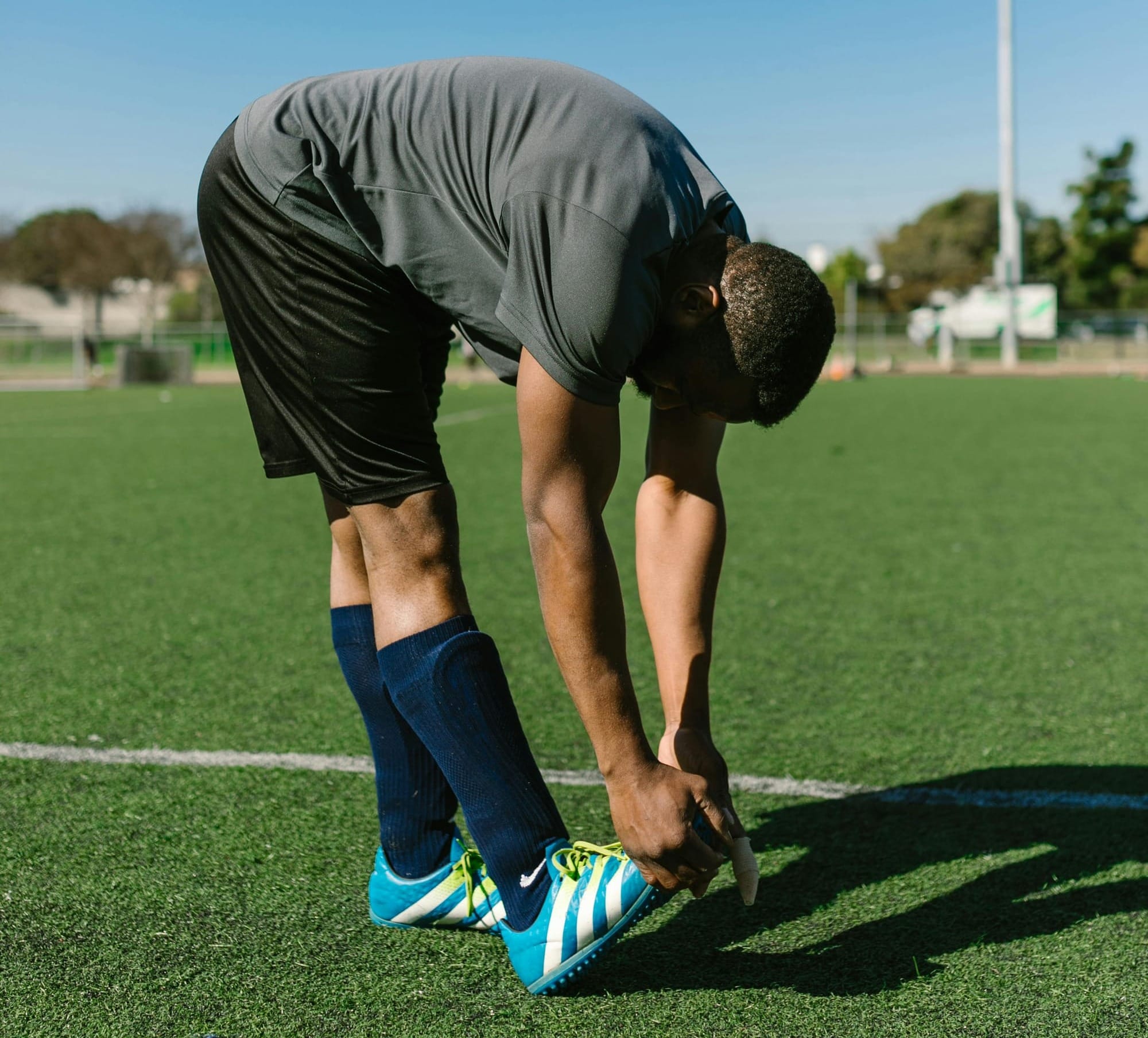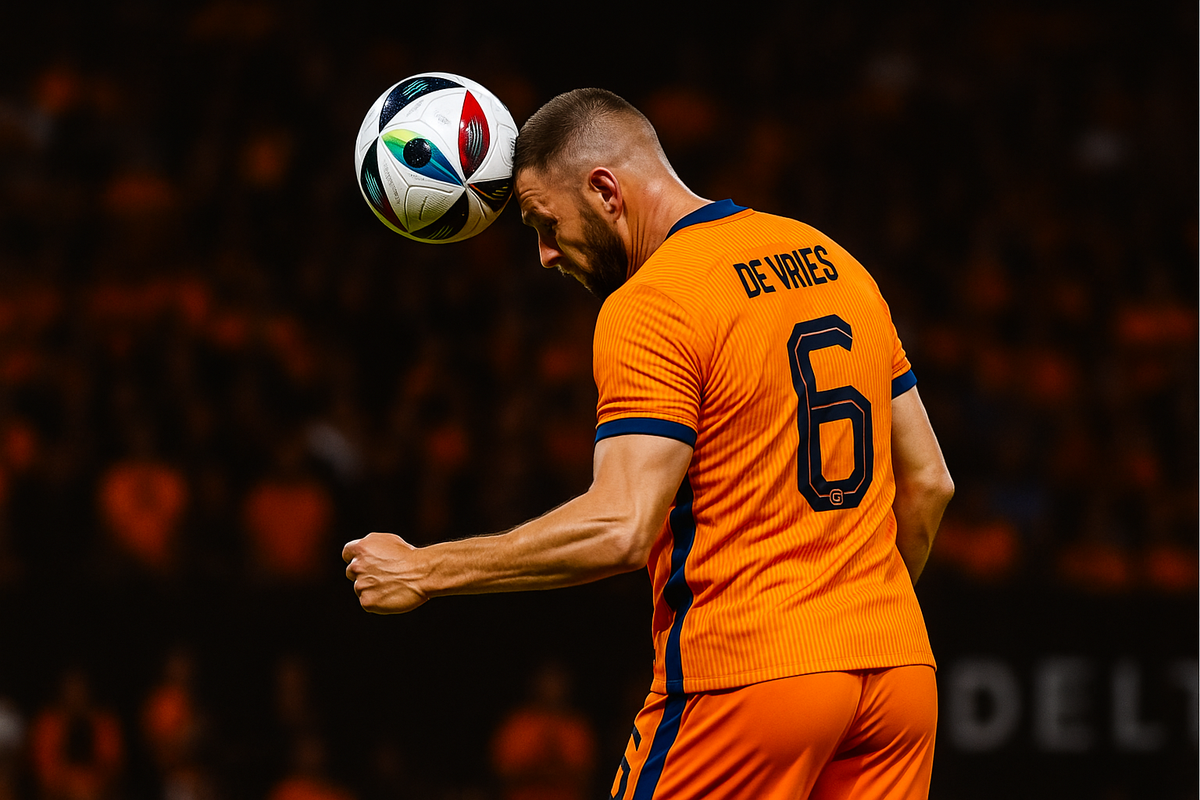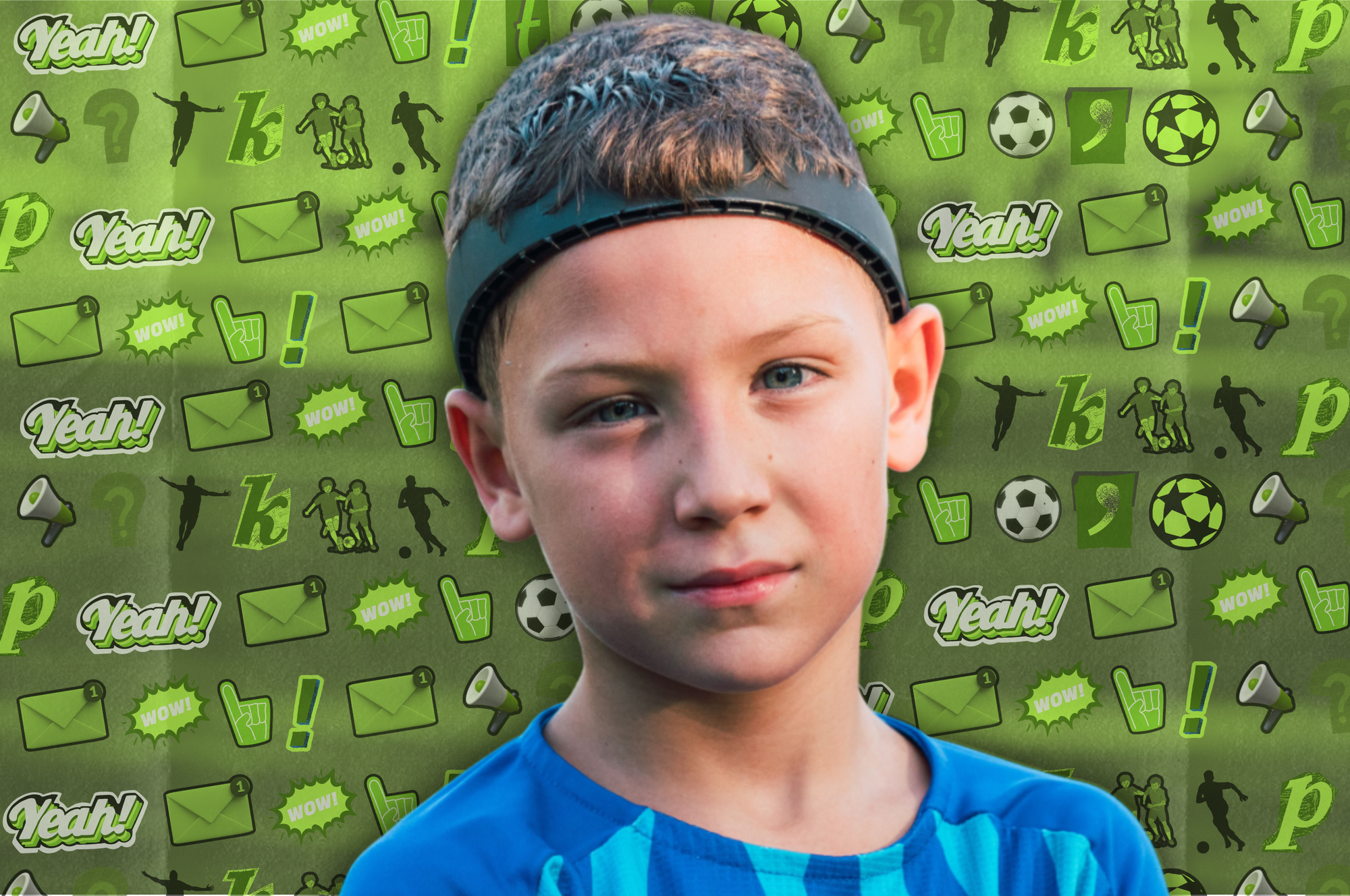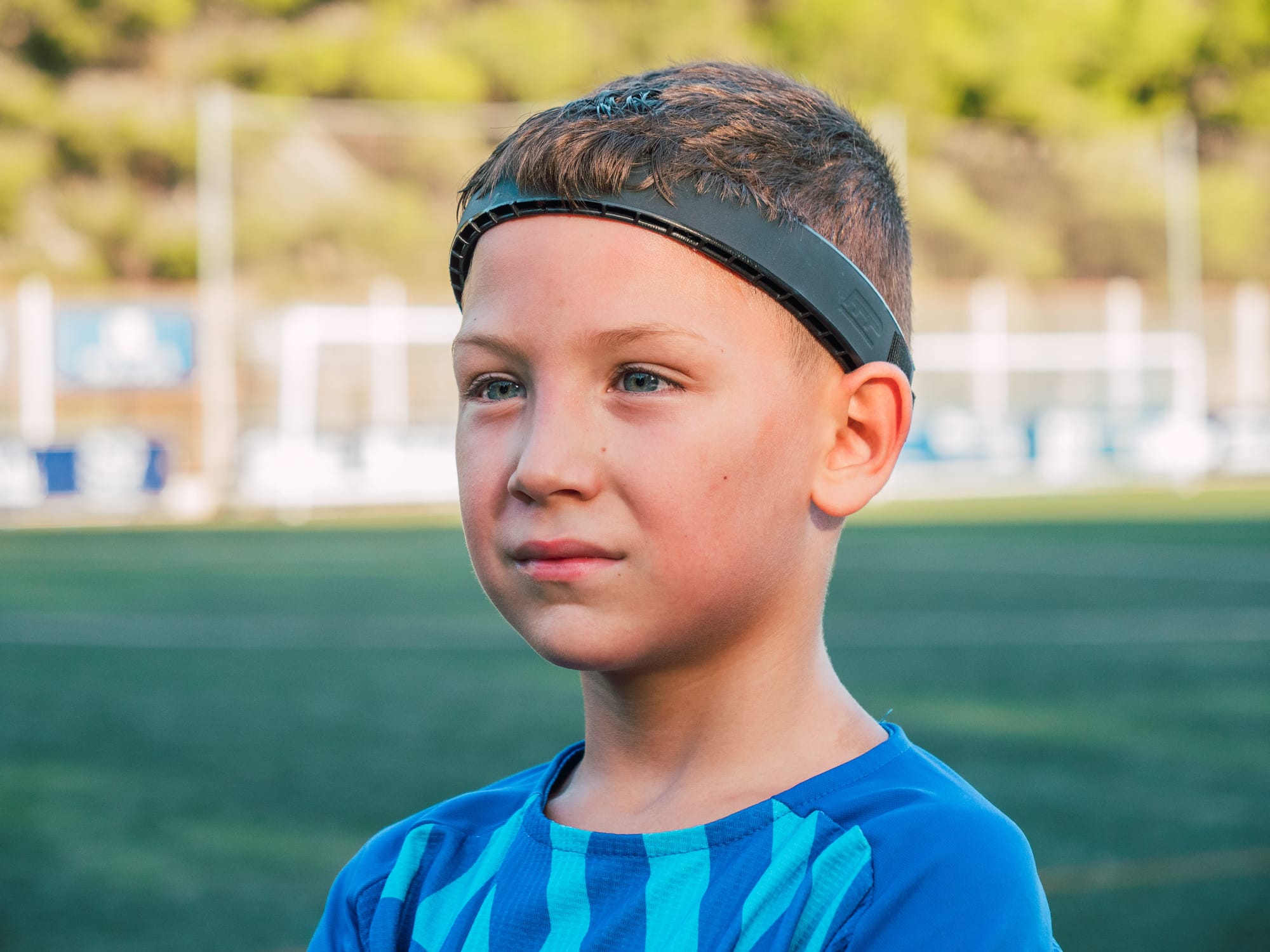The 10 most common injuries in soccer: What every player needs to know
A footballer’s dream can be interrupted in a single moment. In this article, we explore the most common football injuries, what causes them, and how to avoid them to keep your body strong and your performance at its best.

Football Injuries: The Most Common Ones and How to Prevent Them
A footballer’s dream can change in a matter of seconds.
A wrong step, an unexpected collision, or a poorly executed header can end months of hard work.
Today, we analyze the most frequent football injuries and, more importantly, how to prevent them so you can enjoy the game safely and for longer.
1. ACL Tear (Anterior Cruciate Ligament)
The nightmare every player dreads — the “crack” sound that stops everything.
An ACL injury usually occurs during sudden changes of direction or an incorrect landing after a jump.
Recovery can take 6 to 9 months, depending on severity.
Main risk factors:
- Sudden direction changes
- Quick stops
- Poor landing technique
- Weak leg or core muscles
💚 Prevention tips:
- Proprioception and balance training
- Core and leg strengthening exercises
- Correct running and jumping technique
- Proper warm-up before playing
2. Ankle Sprain – The Classic Football Injury
An ankle sprain is so common it’s almost been normalized — but it shouldn’t be.
A poorly healed sprain can lead to chronic instability and long-term pain.
💚 How to prevent it:
- Regular balance and proprioception work
- Preventive taping for unstable ankles
- Strengthening the peroneal muscles
- Wearing proper boots for your surface

3. Hamstring and Quadriceps Injuries
That sharp pain in the back or front of the thigh — every player knows it.
These muscle strains usually happen during sprints or powerful shots.
Recovery can take weeks or even months depending on the tear.
Key risk factors:
- Muscle imbalance between hamstrings and quads
- Accumulated fatigue
- Lack of flexibility
- Poor warm-up routine
💚 Prevention plan:
- Eccentric strength exercises
- Regular flexibility work
- Gradual load management
- Targeted muscle reinforcement
4. Concussion – The Invisible Risk
Head impacts are far more frequent in football than many realize.
A clash between players or a misjudged header can lead to a concussion, a silent danger that can affect the brain in the long term.
Common symptoms:
- Dizziness or confusion
- Persistent headache
- Nausea or blurred vision
- Loss of balance or focus
💚 How to prevent it:
Modern technology, like Proteckthor protective headbands, can reduce the impact force on the head by up to 93%, allowing players to play safely without losing performance.
Protecting young athletes is especially important since their brains are still developing.

5. Jumper’s Knee (Patellar Tendinitis)
Frequent in players who jump or change direction often.
Pain below the kneecap may become chronic if not treated properly.
💚 Prevention plan:
- Eccentric exercises for the knee
- Proper workload management
- Quadriceps strengthening
- Regular stretching routine
6. Overuse Injuries
Not all injuries happen suddenly.
Some develop over time due to repetitive movements or lack of recovery.
⚠️ Warning signs:
- Gradual pain or stiffness
- Morning discomfort
- Limited range of motion
- Early muscle fatigue
Prevention Is the Key to a Long Football Career
🔥 Warm up before every session.
Your body is like a car — it needs to start slowly before going full speed.
Cold muscles are far more likely to tear or strain.
🔒 Use proper equipment.
From the right football boots to shin guards and head protection like Proteckthor, investing in safety gear means investing in your future on the pitch.
😴 Listen to your body.
Rest is part of training.
If you ignore pain and fatigue, you risk turning a minor discomfort into a serious injury.
Prioritize recovery and active rest days.
🥗 Fuel your body properly.
Nutrition is as important as training.
If your body were a car, would you fill it with soda instead of gasoline?
The right diet keeps your muscles strong, your recovery faster, and your performance sharp.
The Future of Safe Football
Injuries will always be part of football — but they don’t have to define your story.
With knowledge, preparation, and protection like Proteckthor, you can reduce the risk and enjoy the game you love with peace of mind.
👉 Discover how Proteckthor is revolutionizing safety in football: proteckthor.com




